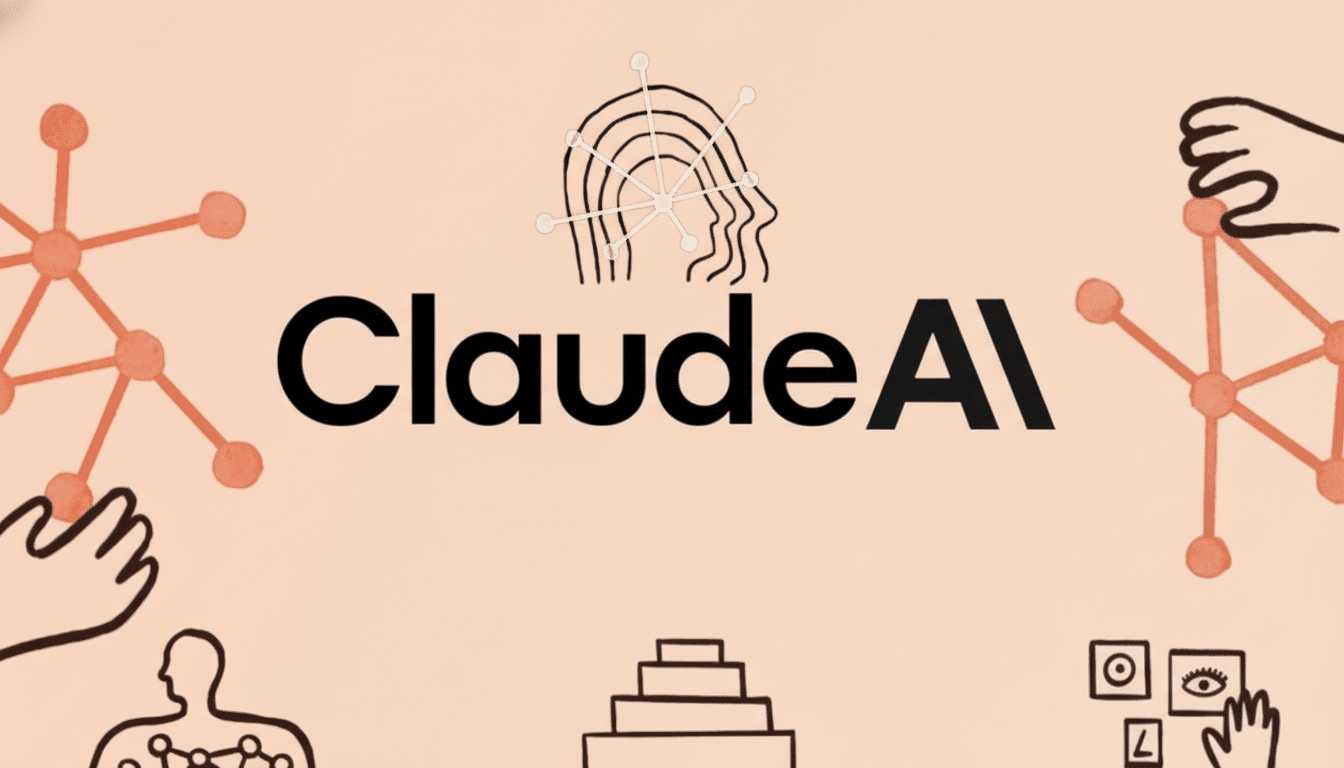Anthropic is partnering with U.K. neocloud provider Fluidstack for a wide-ranging deal to custom build data centers in the U.S., investing $50 billion in centers optimized for its Claude AI models. The first facilities, in Texas and New York, will begin phasing in from 2026 for dedicated capacity beyond Anthropic’s existing relationships with Amazon and Google to use their public clouds.
Anthropic’s bid to control the compute curve for AI
The investment marks a strategic shift: constructing infrastructure to Anthropic’s own specifications as model scales grow and, with it, inference workloads. Company leadership has cast the move as necessary to drive the frontiers of artificial intelligence research toward scientific and industrial breakthroughs — work that requires thousands of high-bandwidth accelerators, low-latency fabrics, and extreme-density cooling that some public cloud infrastructure can’t always provide on demand.

Massive by any measure, the $50 billion project still pales compared with rivals’ moonshot dreams. Meta has sketched out plans to spend hundreds of billions on data centers over the next three years, and a separate “Stargate” initiative, backed by SoftBank, OpenAI, and Oracle, has been tied to a $500 billion infrastructure map. The arms race underscores a more sweeping industry wager that capacity — as with computing — will define who leads the next revolution in AI, and leapfrogging opponents is predicated on having better algorithms.
Anthropic’s internal perspective helps explain the scale. According to industry reporting, the company is aiming for tens of billions in annual revenue (and solid free cash flow) by mid-decade — which, if achieved, depends on accessing stable and cost-effective compute at a new level of scale.
Why Fluidstack matters in Anthropic’s data center plan
Fluidstack is in a new category: neocloud providers that build AI campuses to suit — on real metal with exotic interconnects and custom cooling modules — and then sell that capacity as a managed service.
The company was founded in 2017 and has momentum as an AI-heavy tenant favorite. Forbes has highlighted Fluidstack as lead partner on a 1-gigawatt AI project supported by the French government, over $11 billion in size, while also listing partnerships with Meta, Mistral Technologies, and Black Forest Labs.
The company also was granted early access to Google’s own custom TPUs, a signal of confidence in its ability to run high-availability, accelerator-dense clusters. Raj says, for Anthropic, that track record reduces integration risk and time to power versus building greenfield operations all in-house.
Power and sustainability constraints for new AI campuses
Energy will be the chokepoint. Global data center electricity use could nearly double as early as 2026, spurred by AI training and inference, according to the International Energy Agency. Texas’s ERCOT and New York’s NYISO grids are appealing from a scale investment perspective, but have long interconnection queues and transmission constraints. Officials at the Department of Energy have also raised alarms about transformer shortages being a near-term chokepoint for large campuses.

Sites aren’t necessarily being built around super-efficient cold plates, however, with workload efficiency as a lever becoming increasingly important, with AI clusters demanding north of 100 kW per rack, according to Anthropic. However, overhead energy consumption can be significant with liquid cooling, denser racks, and high-utilization scheduling. Data from Uptime Institute indicates that highly optimized facilities should be able to maintain a PUE close to 1.2 even at AI densities, and many operators are starting to connect new sites with long-term renewable power contracts, as well as on-site substations, in order to control grid impact and price volatility.
Another focus will be water use for both municipalities and operators. “Anticipate aggressive utilization of closed-loop liquid systems and reuse of heat if site infrastructure will allow it — increasingly promoted by organizations such as ASHRAE and regional energy authorities to reduce peak loads and environmental impact,” said Lubrano.
Cloud connections and competition with hyperscale partners
Anthropic’s custom footprint is additive, not a departure from hyperscale partners. Amazon is a large investor and offers Anthropic models via its Bedrock service; Google supplies the compute and has TPU hardware that the company uses in training. Vertical integration via build-to-suit campuses can supplement those channels by ensuring predictable capacity coefficients and unit economics, notably for the next generation of clusters that demand unique networking topologies and higher memory bandwidth.
The financing model also matters. Whilst some of the aggregator models do blend this approach with a build-to-suit model, they continue to generate significant execution risk for the operator. For AI tenants, that structure can shrink deployment timelines and lock in power at negotiated rates, an advantage when accelerator markets are tight and lead times for grid connections extend into years.
Risks and what to watch as Anthropic builds new campuses
And the headline risk is demand variation. If AI adoption is slow, multi-billion-dollar campuses may become stranded assets. On the other hand, if inference blows up across consumer and enterprise apps, “guaranteed capacity” could shield Anthropic from price spikes and spot shortages in the public cloud. Policymakers are another swing factor: new permitting rules for big loads, data center efficiency regulations, or water restrictions might reshape what the development timeline looks like and costs.
Two early tells will signal implementation: power trades and chips. Locking in multi-decade power purchase agreements — perhaps hybrid portfolios of wind, solar, and firming resources — will be a tell on cost discipline and sustainability. On the hardware end, a balance of Nvidia GPUs and custom silicon such as Google TPUs will show how Anthropic optimizes cost between training and inference economics in 2026-class systems on-premises.
The upshot: Anthropic is shifting to cement the compute and energy foundation that they believe they need to compete at the frontier. In an age when the capacity of AI is as bounded by electrons and cooling loops as it is by algorithms, the $50 billion bet makes less sense as reckless spending than as an effort to control one of the variables that determine who gets to build — and run — the most powerful models.

